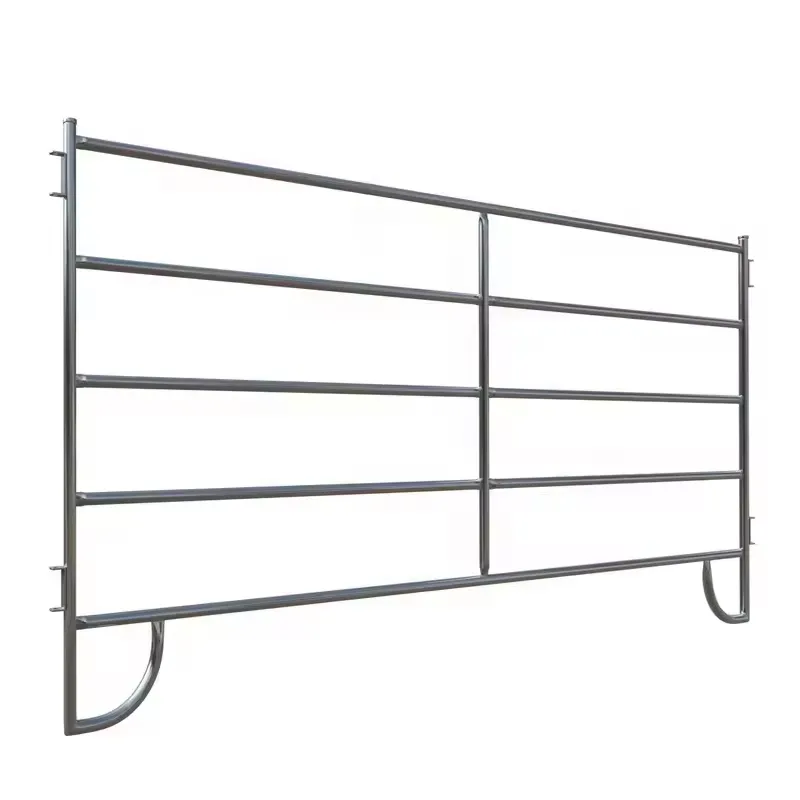
- Afrikaans
- Albanian
- Arabic
- Armenian
- Azerbaijani
- Basque
- Belarusian
- Bengali
- Bosnian
- Bulgarian
- Croatian
- Czech
- Danish
- Dutch
- English
- Esperanto
- Estonian
- Finnish
- French
- Galician
- Georgian
- German
- Greek
- hawaiian
- Hindi
- Hungarian
- Indonesian
- irish
- Italian
- Lao
- Latvian
- Lithuanian
- Luxembourgish
- Macedonian
- Maltese
- Myanmar
- Norwegian
- Polish
- Portuguese
- Romanian
- Russian
- Serbian
- Slovak
- Somali
- Spanish
- Swedish
- Thai
- Turkish
- Turkmen
- Vietnamese
Dec . 31, 2024 04:12 Back to list
Choosing the Right Fence Posts for Your Farm Setup
The Essential Guide to Farm Fence Posts
When it comes to maintaining a farm, one of the most crucial components is establishing reliable and durable fence posts. They serve not only as boundary markers but also play an integral role in keeping livestock safe and secure. In this guide, we’ll discuss the various types of fence posts, materials, installation techniques, and maintenance tips to ensure that your fencing system remains robust and effective.
Understanding Fence Post Types
There are several types of fence posts available to farmers, each serving a specific purpose based on their design and material
1. Wooden Posts Traditional wooden posts have been used for centuries due to their natural appearance and ease of installation. Commonly made from treated lumber or cedar, they can last several years if properly maintained. However, they may require regular replacement due to rot or pest damage.
2. Metal Posts Steel or aluminum posts are robust and long-lasting. They require less maintenance than wooden posts and are often used in high-security areas. Metal posts can be galvanized to resist rust, making them suitable for a variety of weather conditions.
3. Concrete Posts For those seeking durability and longevity, concrete posts are an excellent choice. They can withstand harsh weather and are often the best option for heavy-duty fencing. However, they can be more challenging to install due to their weight.
4. Composite Posts These modern materials combine plastic and wood fibers, creating a sustainable and long-lasting option. Composite posts are resistant to rot and insects, require less maintenance, and are available in various colors and textures.
Choosing the Right Material
The choice of material hinges on several factors, including the type of livestock being contained, local environmental conditions, and budget constraints. Wooden posts offer aesthetic appeal for those looking to maintain a rustic farm aesthetic, while metal and concrete options are preferred for higher durability.
farm fence posts

Installation Techniques
Proper installation of fence posts is vital for ensuring the stability and effectiveness of the entire fencing system. Here are some steps to follow
1. Plan Your Layout Before installing the posts, map out where your fence will run. Consider the terrain, access points, and the desire to minimize damage to crops or existing vegetation.
2. Digging the Holes The holes for the posts should be at least one-third the length of the post deep to ensure stability. The diameter of the hole varies depending on the post size, but a depth of 2 to 3 feet is common for most posts.
3. Setting the Posts Place the post in the center of the hole and use gravel for drainage. For wooden posts, consider using concrete to secure them for added strength. Ensure each post is level and aligned with adjacent posts.
4. Backfilling and Compacting After setting the posts, backfill the holes with soil or gravel, compacting it as you go to eliminate air pockets. This helps stabilize the posts further and provides a solid foundation.
Maintenance Tips
Once your fence posts are installed, regular maintenance will prolong their lifespan. For wooden posts, inspect them annually for signs of rot or insect damage, treating or replacing them as necessary. Metal posts should be checked for rust, especially at ground level, and you may need to repaint them occasionally. Concrete posts can remain largely maintenance-free, but ensure there are no cracks or structural issues over time.
Conclusion
Farm fence posts are an essential aspect of farm management that cannot be overlooked. By understanding the types of posts available, choosing the right materials, following proper installation techniques, and committing to regular maintenance, farmers can ensure a secure and durable fencing system that will last for years to come. Whether you're raising livestock or protecting crops, investing time and effort into your fencing will pay off in maintaining a safe and organized farm environment.
-
Versatile Sheep and Livestock Hurdles for Sale
NewsApr.14,2025
-
The Rise of BRC Fencing
NewsApr.14,2025
-
High-Quality Cattle and Horse Panels for Sale
NewsApr.14,2025
-
Durable Cattle Fencing Solutions
NewsApr.14,2025
-
Double Wire Fencing Solutions
NewsApr.14,2025
-
360 Degree Protection with 358 Anti-Climb Fences
NewsApr.14,2025









